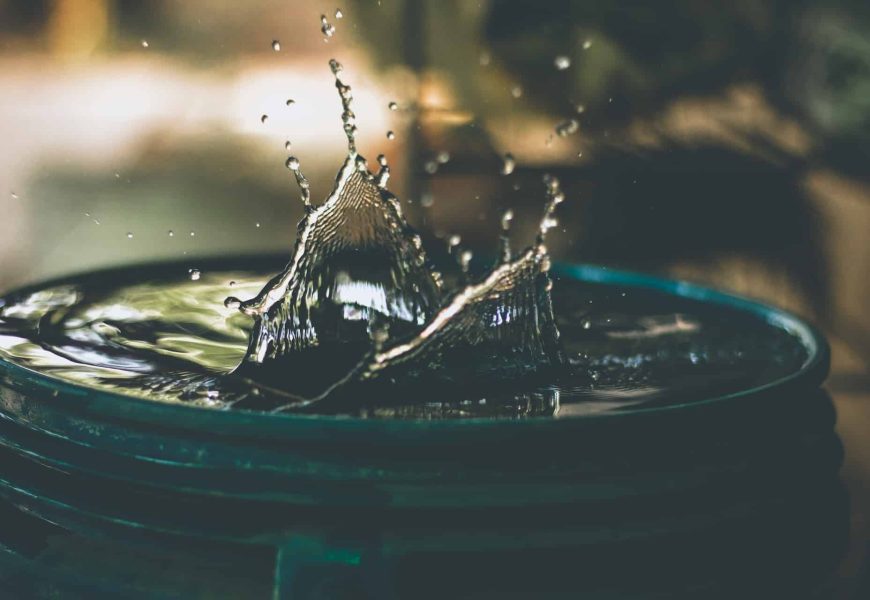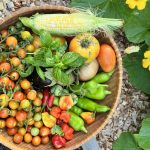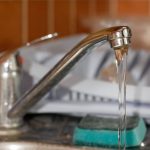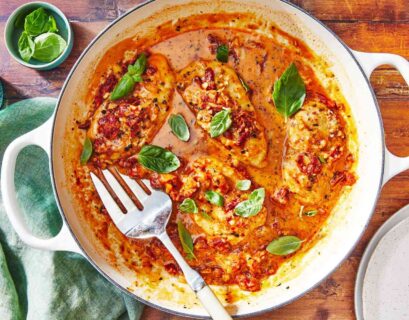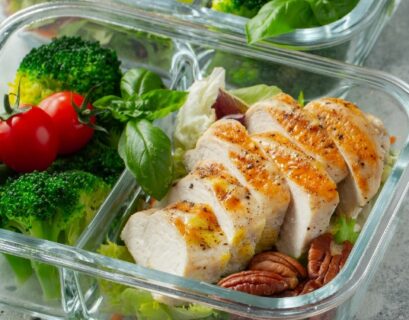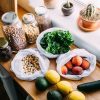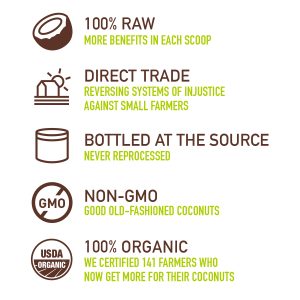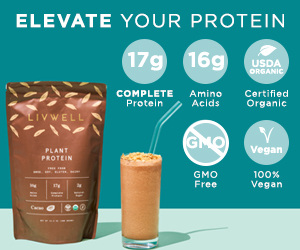Water, the essence of life, is a precious resource that demands our attention and responsible use. As concerns about water scarcity and environmental sustainability grow, it becomes imperative to reassess our daily habits, including cooking practices. From washing vegetables to boiling pasta, every culinary endeavor presents an opportunity to conserve water. In this article, we explore how water conservation can be prioritized in cooking practices, offering practical tips and insights to make every drop count.
1. Mindful Meal Planning:
The journey toward water conservation in cooking begins with thoughtful meal planning. By organizing your weekly meals in advance, you can optimize ingredient use, reducing the need for excessive washing and cooking. Planning also allows you to choose recipes that utilize similar ingredients, minimizing water usage and kitchen waste. A conscious approach to meal planning aligns with sustainable practices and lays the foundation for water-efficient cooking.
2. Efficient Washing Techniques:
Washing vegetables, fruits, and grains is an integral part of cooking preparation. To conserve water during these tasks, consider using a basin or large bowl filled with water instead of letting the tap run continuously. Rinse produce in batches, and reuse the water for watering plants or flushing toilets. Additionally, investing in a vegetable brush can help clean produce more efficiently, reducing the need for excessive water.
3. Capture and Reuse Water:
Place a bowl or container in the sink to capture excess water while washing or rinsing ingredients. This captured water can be repurposed for tasks like watering indoor plants or cleaning surfaces. By reusing water that would otherwise go down the drain, you not only conserve water but also integrate sustainable practices into your daily cooking routine.
4. Cooking with Minimal Water:
When boiling or steaming food, use the smallest amount of water necessary. Consider using a steamer basket to cook multiple items simultaneously with a single pot of boiling water. Cooking with minimal water not only conserves this precious resource but also preserves the flavor and nutritional content of your ingredients.
5. Water-Efficient Appliances:
Upgrading to water-efficient appliances, such as dishwashers and steam ovens, can significantly reduce water consumption in the kitchen. Look for appliances with high Energy Star ratings, as they are designed to use water and energy more efficiently. While the initial investment may be higher, the long-term water and energy savings make these appliances a sustainable choice for water-conscious cooking.
6. Instant Pot and Pressure Cooking:
Instant Pot and pressure cooking methods are excellent options for water-efficient cooking. These devices use less water and reduce cooking times, making them both energy and water-efficient. By choosing these methods, you not only save time but also contribute to water conservation in the kitchen.
7. Collect Cooking Water:
Water used for boiling pasta, vegetables, or eggs can be collected and repurposed. Instead of draining the cooking water down the sink, let it cool and use it to water plants, make broths, or as a base for sauces and gravies. This approach maximizes the utility of water that would otherwise be discarded, turning it into a valuable resource for other culinary endeavors.
8. Batch Cooking and Meal Prepping:
Batch cooking and meal prepping not only save time but also water. When preparing multiple meals at once, you can streamline the cooking process and minimize the need for repetitive tasks like washing, chopping, and boiling. This efficient use of resources aligns with the principles of water conservation and encourages a more sustainable approach to meal preparation.
9. Cautious Ice Usage:
Ice cubes are a staple in many kitchens, especially for cooling beverages or preserving food. However, the process of making ice requires a significant amount of water. Be mindful of ice usage and consider using ice trays instead of automatic ice makers. This way, you can control the amount of water used for ice production and minimize waste.
10. Regular Maintenance of Appliances:
Ensuring that kitchen appliances are well-maintained is crucial for water conservation. Leaky faucets, pipes, or appliances can result in water wastage. Regularly check for and fix any leaks, and replace old or malfunctioning appliances with water-efficient models. This proactive approach not only saves water but also contributes to the overall efficiency of your kitchen.
11. Smart Cleaning Practices:
Cleaning cookware, utensils, and surfaces often involves water, but adopting smart cleaning practices can minimize waste. Scrape dishes before washing to reduce the need for pre-rinsing. Soak pots and pans to loosen food residues, making them easier to clean with less water. Additionally, consider using a dishwasher only when it’s fully loaded to optimize water and energy usage.
12. Educate and Involve Family Members:
Creating a water-conscious kitchen requires the collective effort of everyone in the household. Educate family members about the importance of water conservation in cooking and involve them in adopting water-efficient practices. Encourage open communication about new habits and ideas, fostering a shared commitment to sustainable living.
13. Harvest Rainwater:
For those with the means, harvesting rainwater can be an excellent way to supplement kitchen water needs. Install a rain barrel or harvesting system to collect rainwater, which can then be used for watering plants, cleaning, or even cooking. This practice not only conserves municipal water but also takes advantage of a natural and renewable water source.
14. Invest in Water-Efficient Faucets:
Upgrading to water-efficient faucets can make a substantial difference in daily water usage. Look for faucets with aerators, which mix air into the water stream, maintaining water pressure while reducing overall consumption. Touchless or sensor-activated faucets can also prevent unintentional water waste by shutting off automatically when not in use.
15. Educational Initiatives in Communities:
Water conservation in cooking extends beyond individual households. Community-wide educational initiatives can raise awareness about the importance of water-efficient cooking practices. Workshops, seminars, and outreach programs can empower communities to adopt sustainable habits and collectively contribute to water conservation efforts.
In conclusion, prioritizing water conservation in cooking practices involves a combination of mindful habits, efficient appliances, and a commitment to sustainable living. By implementing these practical tips and fostering a culture of water consciousness in the kitchen, individuals can contribute to a more sustainable future—one meal at a time. As we savor the flavors of our culinary creations, let us also savor the satisfaction of knowing that we are making a positive impact on the environment by conserving one of our most vital resources.

